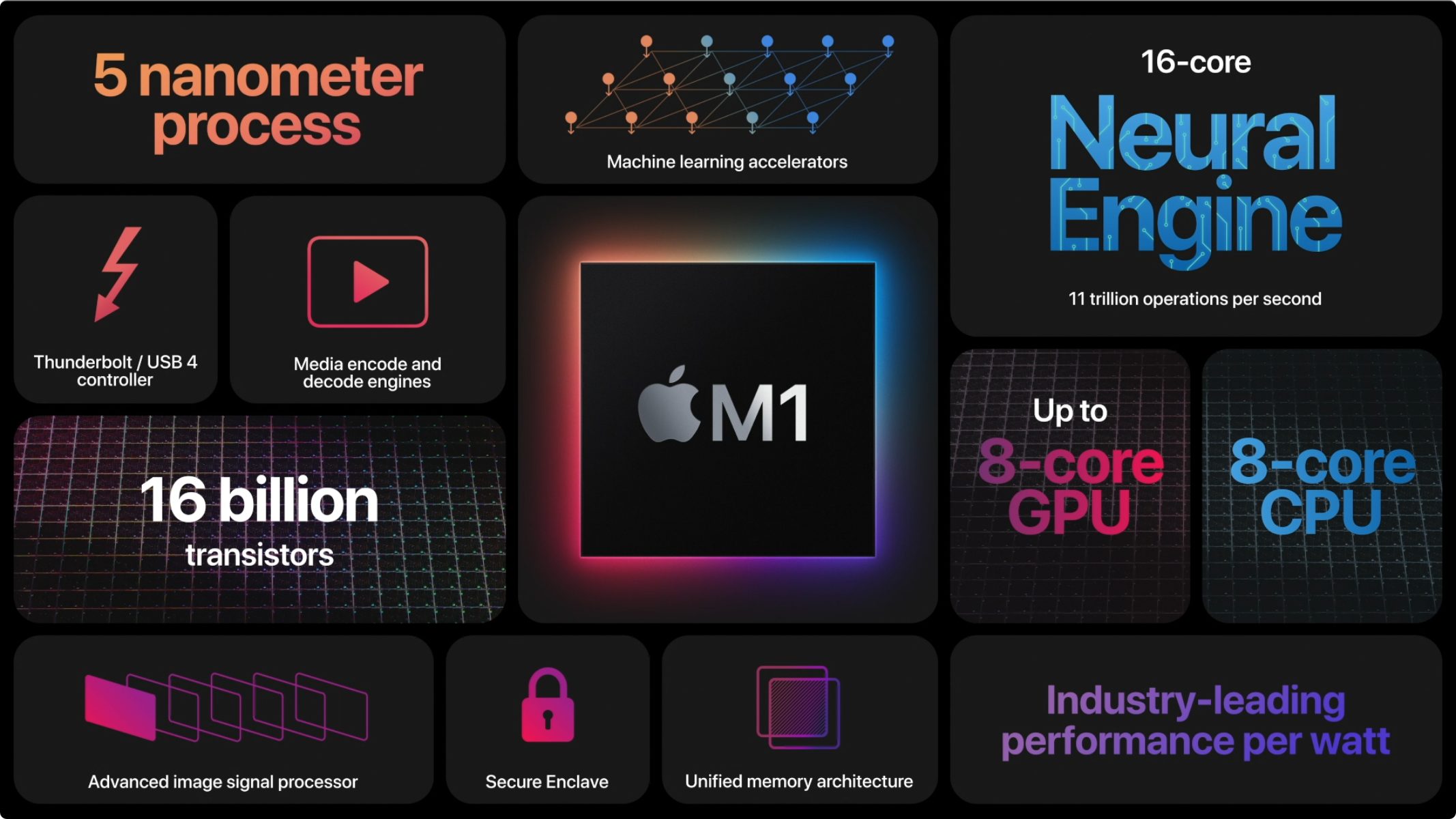

- #Macbook air 11 inch 2011 keyboard bootcamp errors pro
- #Macbook air 11 inch 2011 keyboard bootcamp errors free
#Macbook air 11 inch 2011 keyboard bootcamp errors pro
The 2.0GHz Core i7 in the 15-inch MacBook Pro can turbo up to 2.9GHz with only one core active.

The second bit of evidence supporting that Apple isn't mucking with clock speeds comes via Cinebench. If you had a 1.8GHz Core i7 you'd see the string 008B. The fourth digit is an A, which is 10 when you convert from hex to base 10, or a maximum 1GHz turbo boost with one core active. The third digit is a 7, representing a 700MHz max turbo boost with two cores active. The first two digits are 0 again since this is a dual-core processor. What about the 1.7GHz Core i5 in the 13-inch MacBook Air? Its turbo ratios look like this: Seven bins is 700MHz, which on top of the 1.6GHz base frequency gives us 2.3GHz. The fourth number gives us max turbo when only a single core is active: 7. That's 4 bins, where each bin is 100MHz, or 400MHz above the stock 1.6GHz operating frequency (2.0GHz). The third number tells us the maximum turbo boost with two cores active: 4. The first two numbers are 0s because the chip doesn't have more than two cores and thus doesn't support any turbo ratios when 4 or 3 cores are active. Each value is in hex to represent ratios above 9 with a single digit. This four digit number shows turbo ratios for 4C/3C/2C/1C active, with each digit corresponding to a different max turbo ratio. This chip runs at 1.6GHz by default but can turbo up to 2GHz with two cores active and 2.3GHz with one core active. The screenshot above is from a 1.6GHz Core i5 on an 11-inch MacBook Air. The first is output from Lion's boot process, note the line that begins with AppleIntelCPUPowerManagement: I offer you three pieces of evidence that support the theory that Apple is not artificially limiting clock speed on any of the MacBook Air systems I've tested.

Lion got rid of the 32-bit kernel so my previous trick to run MSR Tools to measure clock speed stopped working. All subsequent Intel architectures have supported Intel Turbo Boost, a feature we investigated extensively in our 2011 MacBook Pro review earlier this year. Unused cores could be power gated, effectively shutting them off, and the resultant available TDP could be used by turbo boosting active cores. Nehalem came along and introduced power gating to x86 CPUs.
#Macbook air 11 inch 2011 keyboard bootcamp errors free
We needed a way of shutting down cores to free up TDP and dynamically adjusting clock speed. When using all of your cores the tradeoff was worth it, but when only one or two were in use, it wasn't. This meant that your dual-core CPU would run each core at a lower frequency than your single-core CPU, and your quad-core CPU would run at an even lower speed.

TDPs couldn't go up (laptops weren't going to double in size) but you now had multiple cores sharing the same TDP, so each core had to dissipate less heat. Then multicore CPUs came around and made things more complicated. In the old days this was pretty simple, you had a single core and a single thermal design point (TDP) that you had to hit. Those limits are shared with manufacturers who then spec power supplies, cooling systems and cases that can handle those CPUs. All CPUs are designed to certain power and thermal limits. First a quick refresher about what Turbo Boost does on Intel CPUs. Letting my guard down wasn't something I was interested in doing so I went about verifying Turbo on the new Air. Since then I've been quite concerned about Apple playing clock speed games with its systems, but thankfully since then we haven't seen any similar issues. Instead the chip typically ran at or below 1.4GHz, allowing the second generation 11-inch MacBook Air to outperform it. The original MacBook Air had a 1.86GHz Core 2 Duo that pretty much never ran at 1.86GHz.


 0 kommentar(er)
0 kommentar(er)
